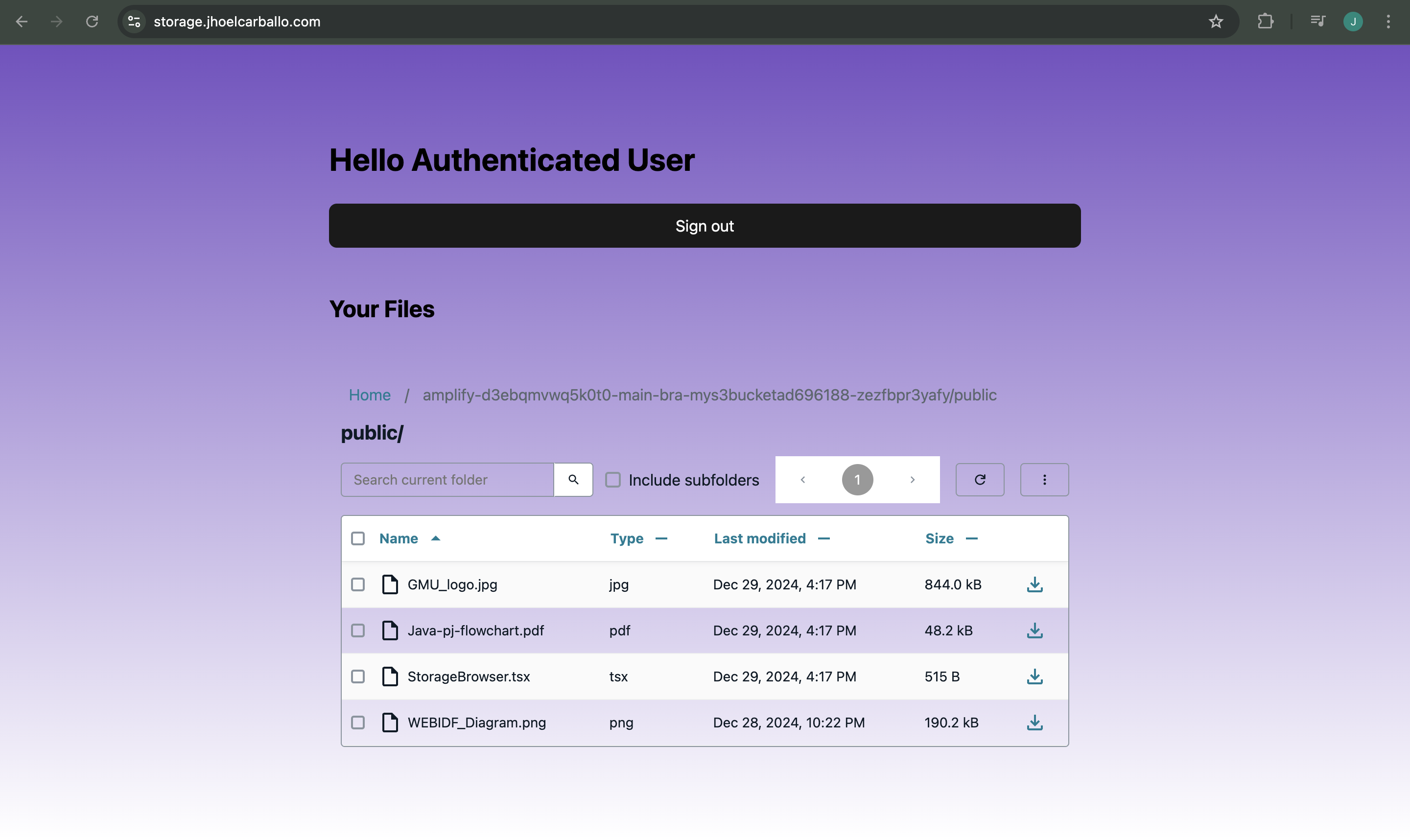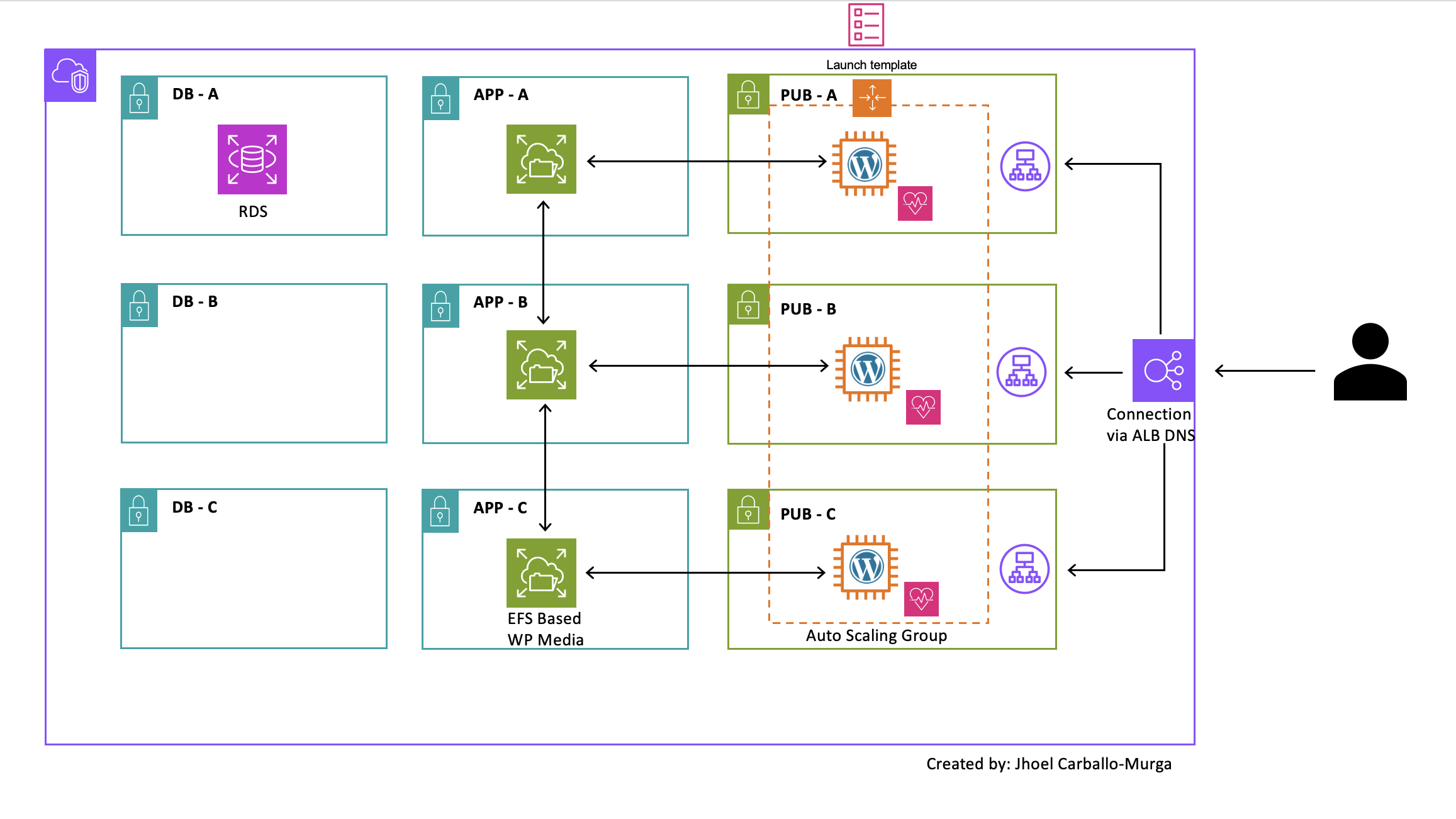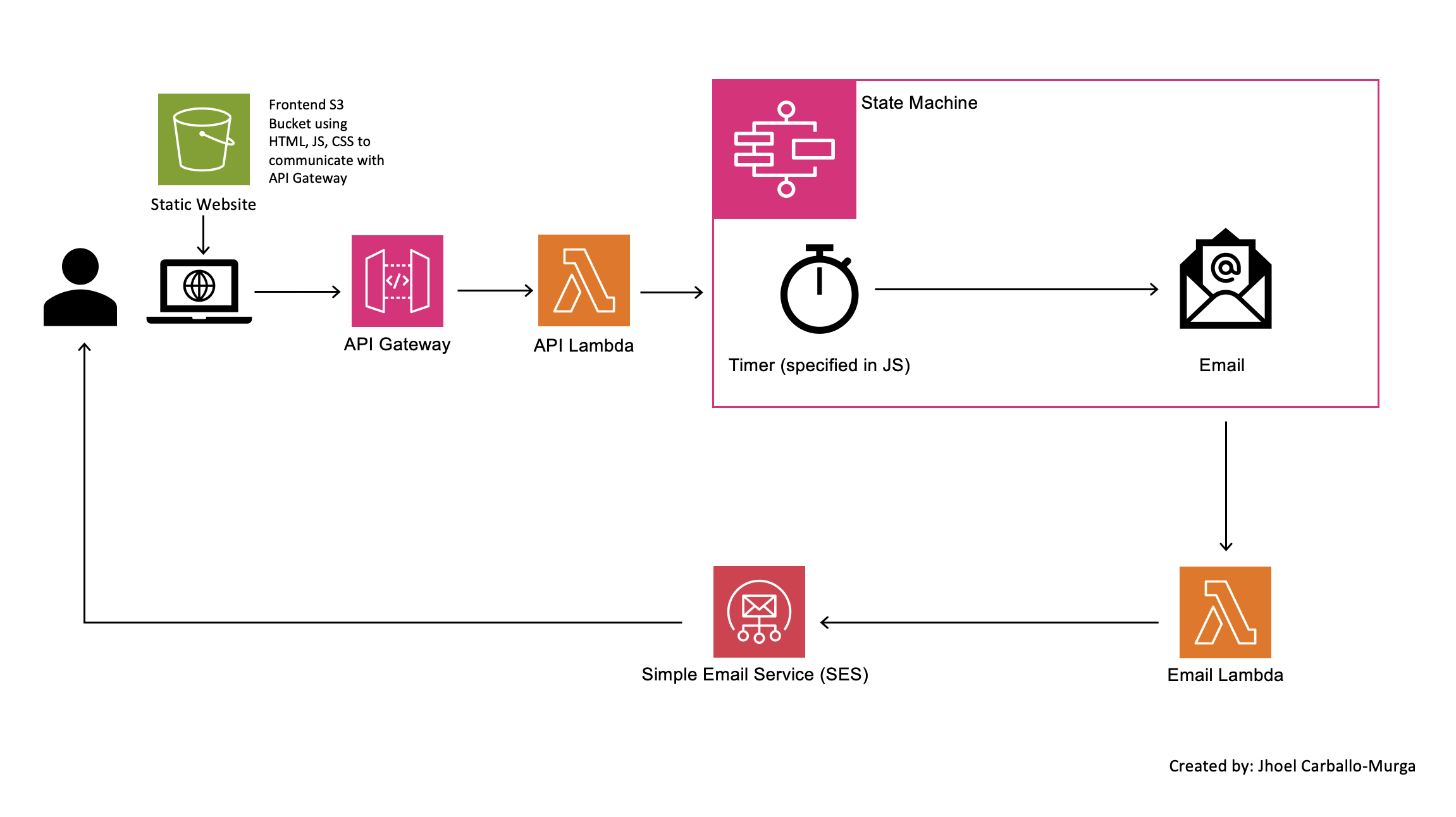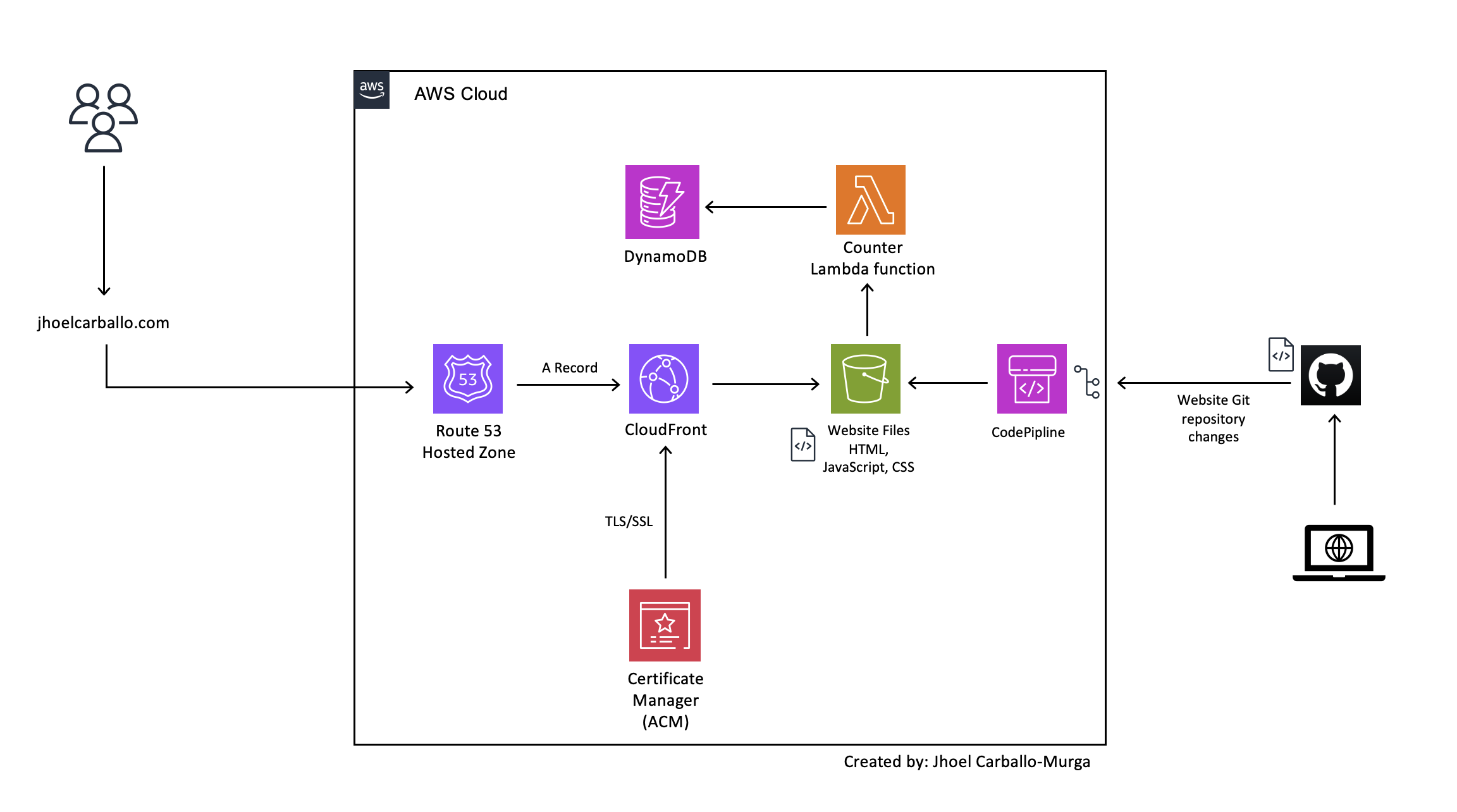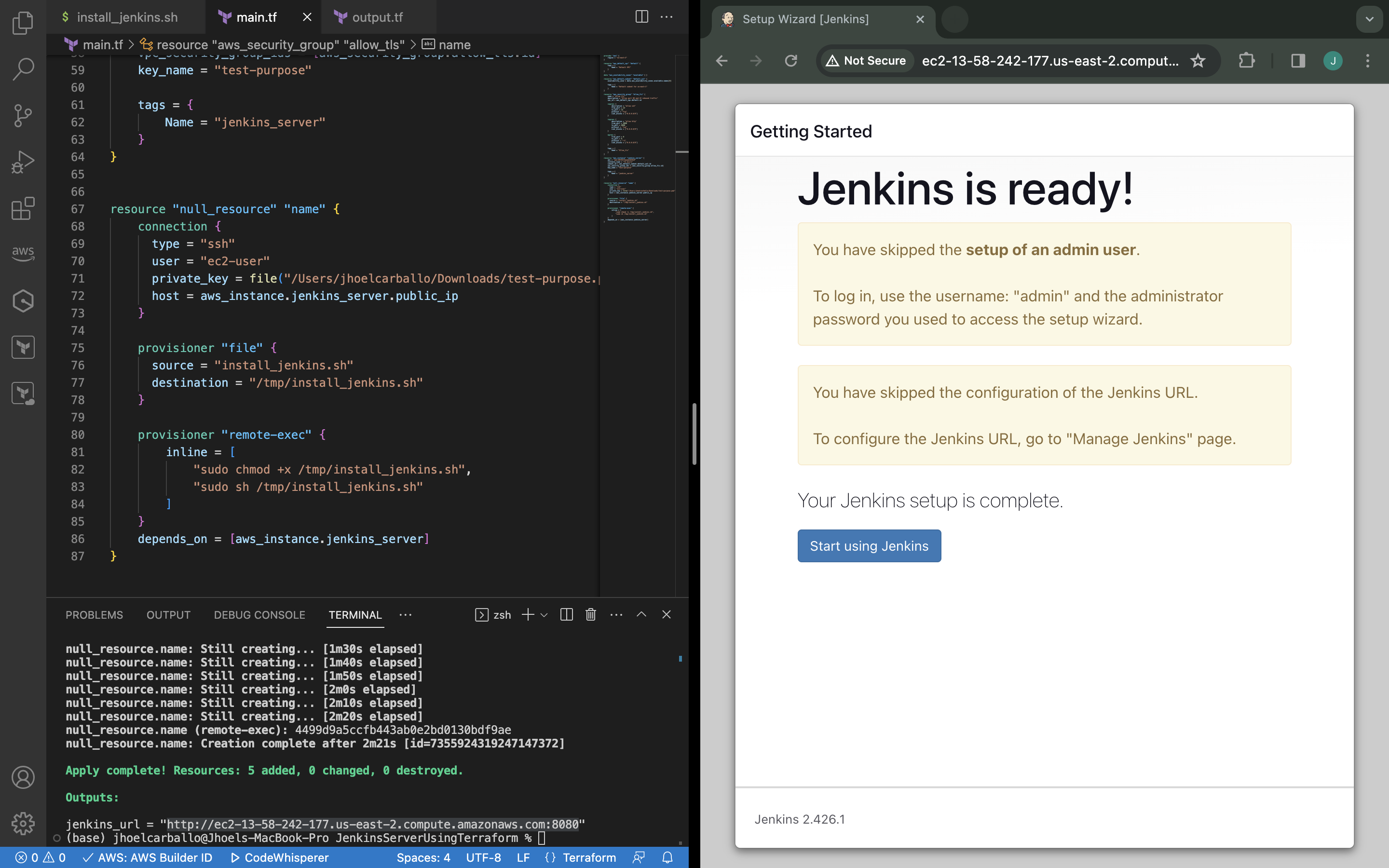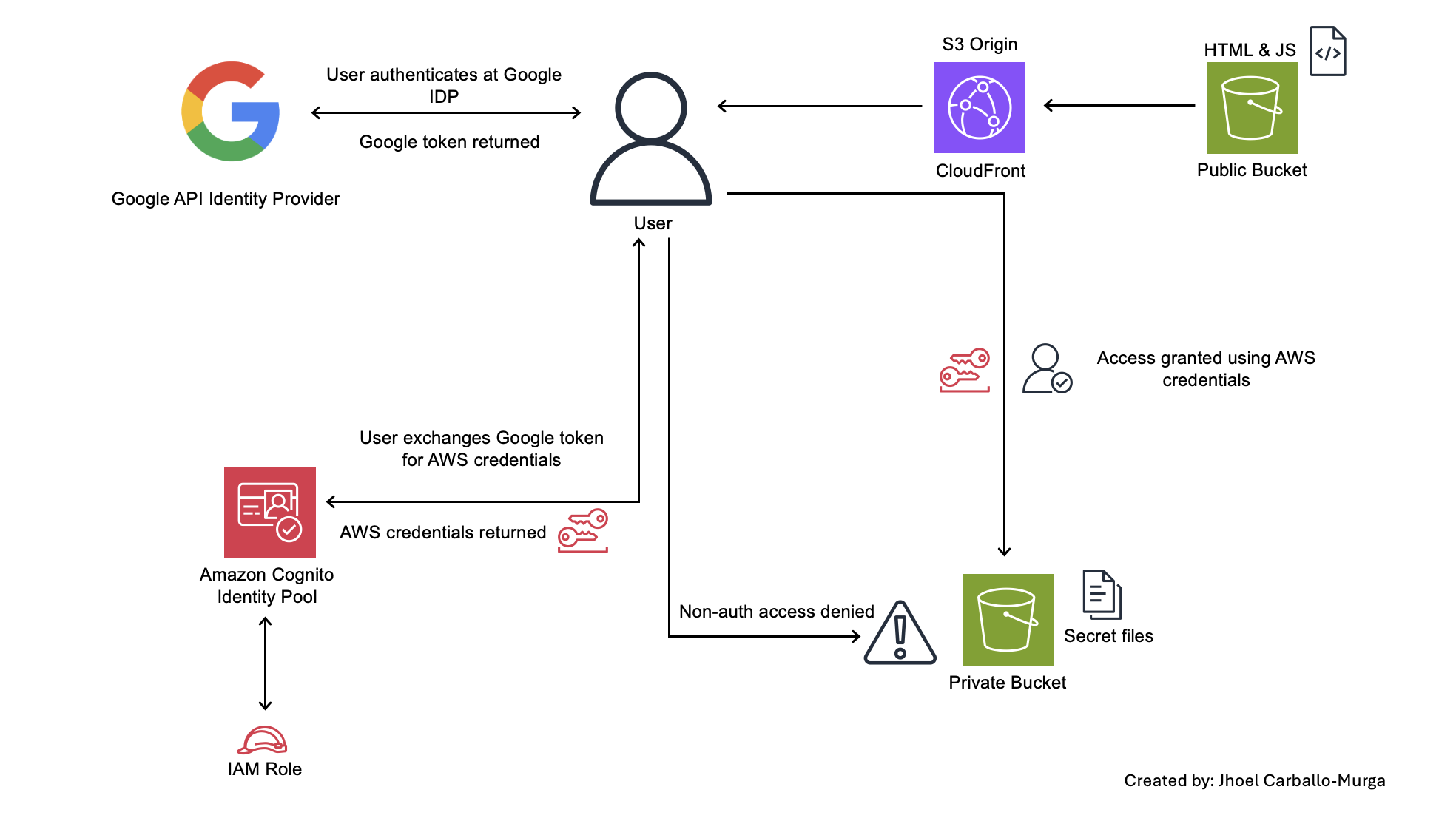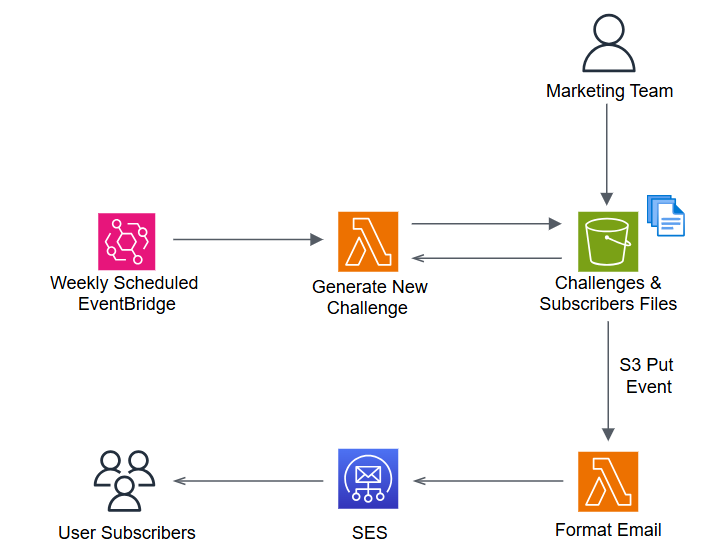
Simulated Dynamic Hybrid Cloud Architecture
With AWS Transit Gateway, Global Accelerator, and Secure VPN
This project showcases a secure and redundant Hybrid Cloud Architecture that integrates an on-premises simulated network with AWS.
The on-premises network is represented by EC2 instances configured as routers and servers, which connect to AWS cloud infrastructure servers through secure IPsec VPN tunnels at GLobal Accelerator VPN endpoints.
Dynamic routing is achieved using Border Gateway Protocol (BGP) via the Transit Gateway to enable communication between the on-premises network and the AWS VPC. The VPC hosts instances across multiple Availability Zones,
ensuring high availability and fault tolerance. This architecture demonstrates secure, scalable, and highly available hybrid connectivity, ideal for enterprises looking to extend or integrate their on-premises infrastructure with AWS.



